
OR
Thori will be merged into Province No. 3: Chairman Dahal
Published On: December 25, 2017 08:03 PM NPT By: Republica | @RepublicaNepal
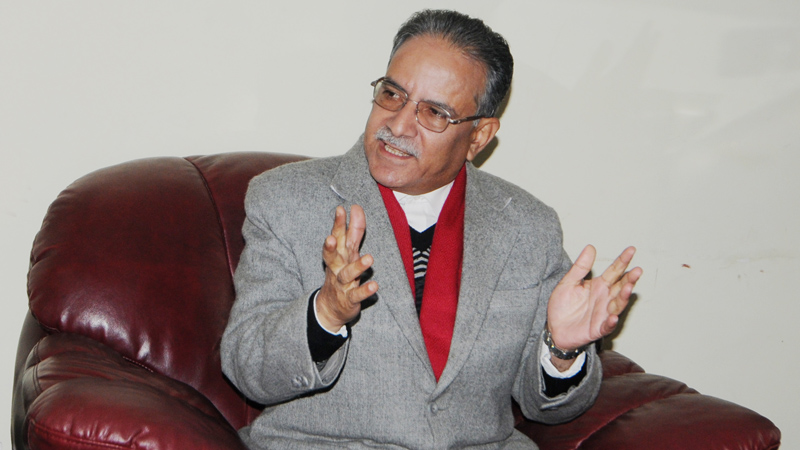
CHITWAN, Dec 25: CPN (Maoist Centre) Chairman Pushpa Kamal Dahal 'Prachanda' has pledged to merge Thori of Parsa district into Province No. 3.
At a programme organized by Thori Rural Municipality after an inspection visit to the area today, Prachanda said though there was a plan to keep Thori in Province 3, it could not materialize due to Madhes movement.
The upcoming government will give top priority to merge Thori into Province 3.
He also added that implementing the merger of Thori into Province No. 3 would be an easy job after the rural municipality's anonymous decision to that end.
Recalling that maximum quantity of petroleum products and food stuffs was imported via this check point, the former prime minister said that Thori-Kerung road would be developed soon after upgradation of the point.
"This route is very important for trilateral cooperation; this would be very short and crucial route," he added.
The Maoist Centre Chairman visited Thori while going to Madi and Badarjhula of Chitwan district to extend thanks to the voters after his election as the MP.
Earlier this morning, Prachanda thanked the voters of Badarjhula and promised to take a concrete decision to resolve the problems squatters facing.
Likewise, Prachanda urged not to harbour doubts on unity between UML and Maoist Centre and refused the media contents disseminated in the recent days.
RSS
You May Like This

Province 2 secures second win, Province 6 defeats Province 3
KATHMANDU, April 29: Province 2 has won two consecutive matches in the ongoing first Manmohan Memorial Inter-province U-16 Cricket Tournament, defeating... Read More...

Left alliance to join province govt. in Province No. 2
RAJBIRAJ, Feb 27: Parliamentary party leader of Province No. 2 of CPN (UML) Satya Narayan Mandal has said that province... Read More...

Chairman Dahal stresses on international competition for volleyball players
KATHMANDU, July 30: Nepal Volleyball Association has honored former Prime Minister and CPN (Maoist Centre) Chairman, Pushpa Kamal Dahal 'Prachanda'... Read More...

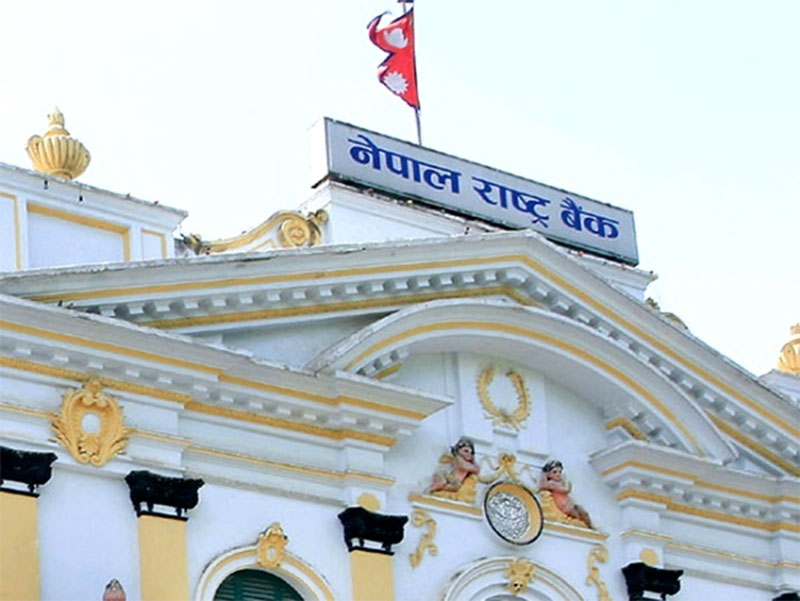

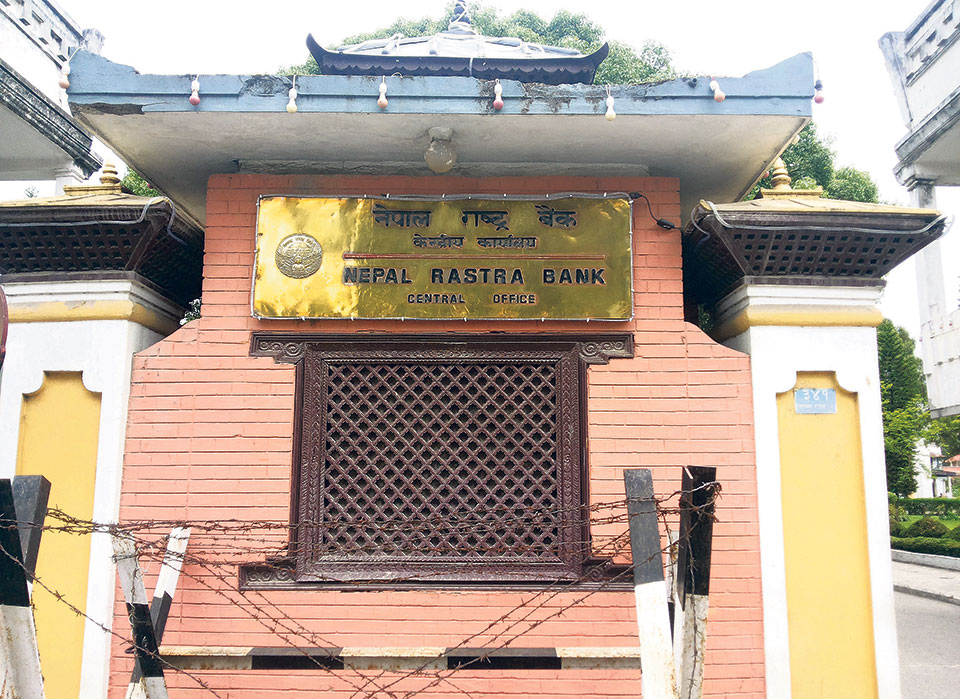
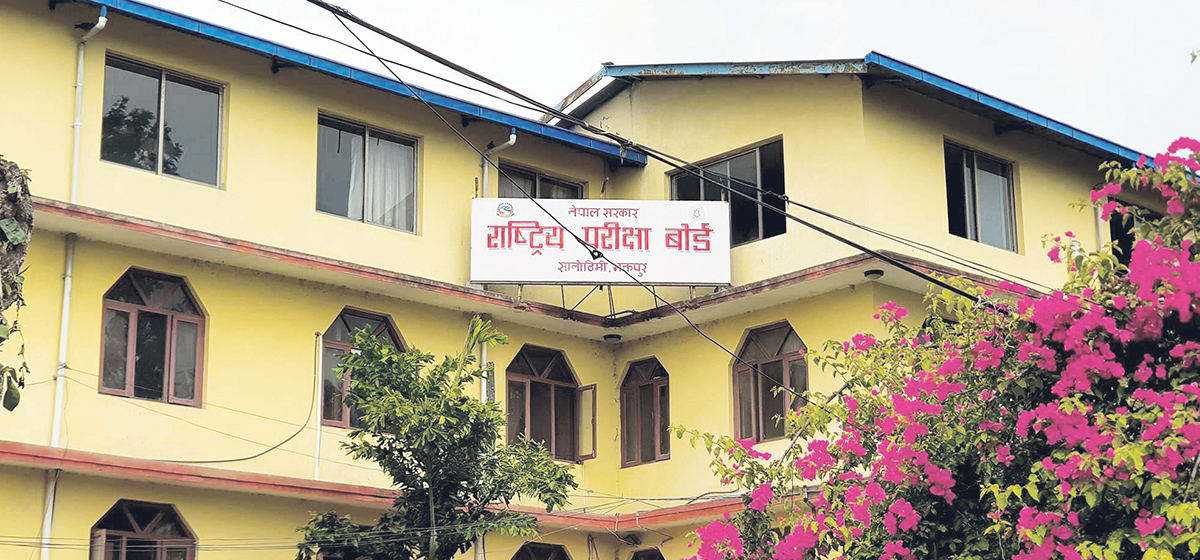
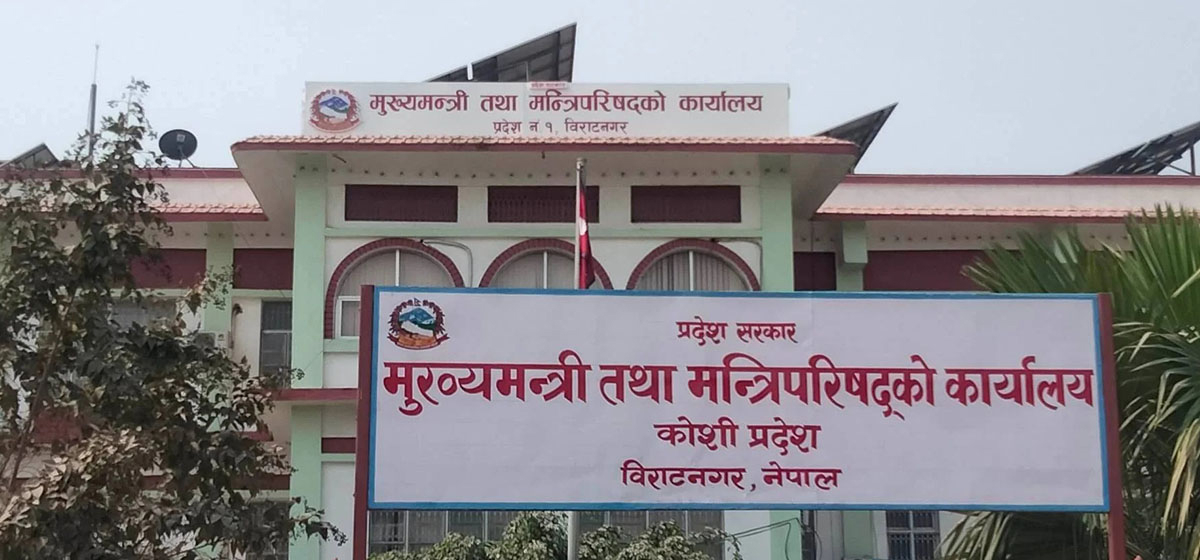

Just In
- NRB to provide collateral-free loans to foreign employment seekers
- NEB to publish Grade 12 results next week
- Body handover begins; Relatives remain dissatisfied with insurance, compensation amount
- NC defers its plan to join Koshi govt
- NRB to review microfinance loan interest rate
- 134 dead in floods and landslides since onset of monsoon this year
- Mahakali Irrigation Project sees only 22 percent physical progress in 18 years
- Singapore now holds world's most powerful passport; Nepal stays at 98th



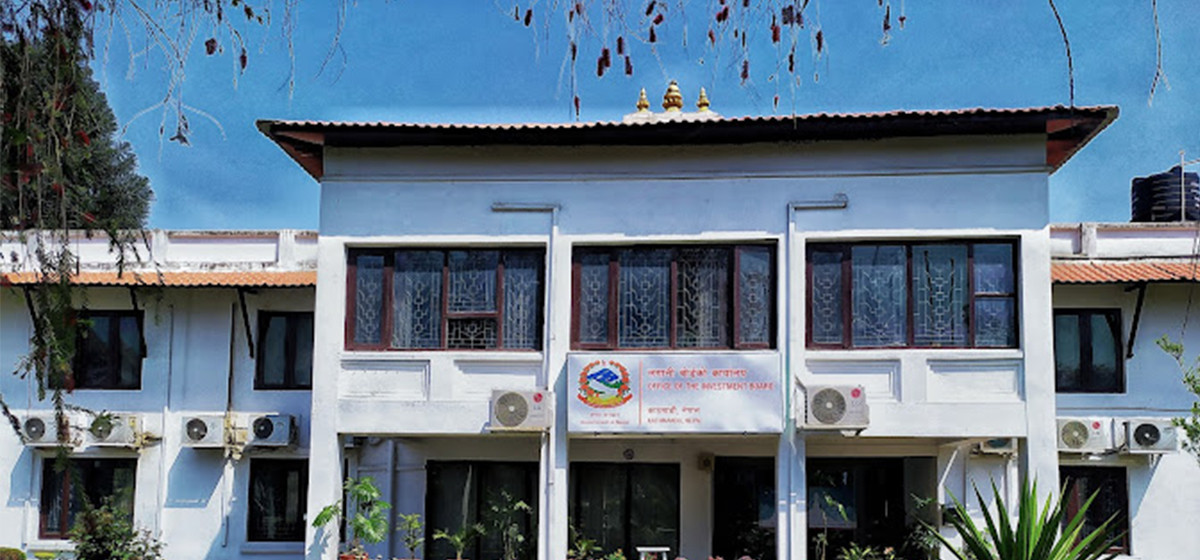
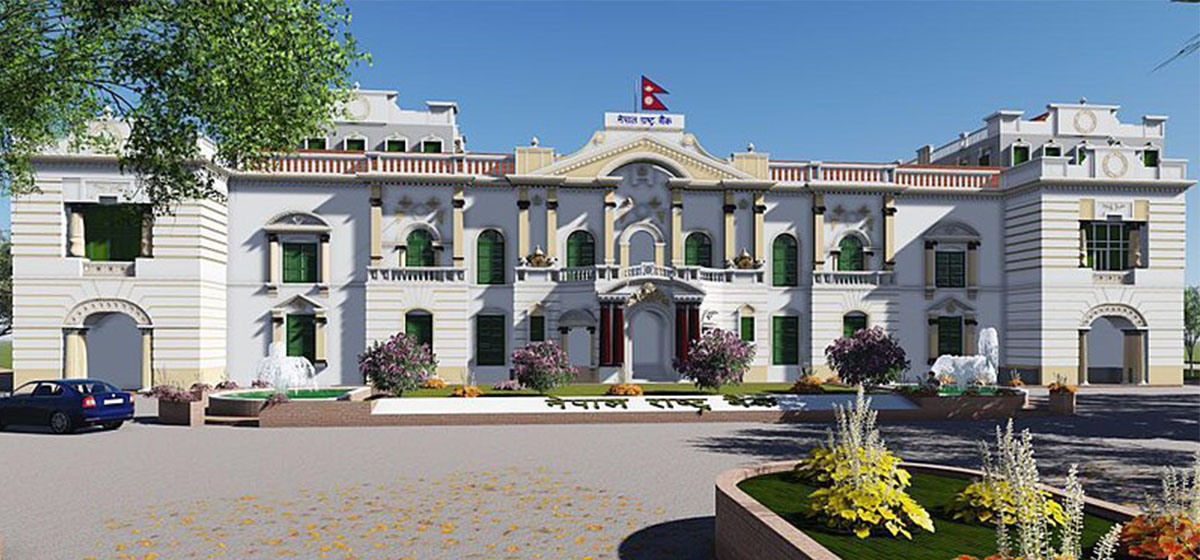
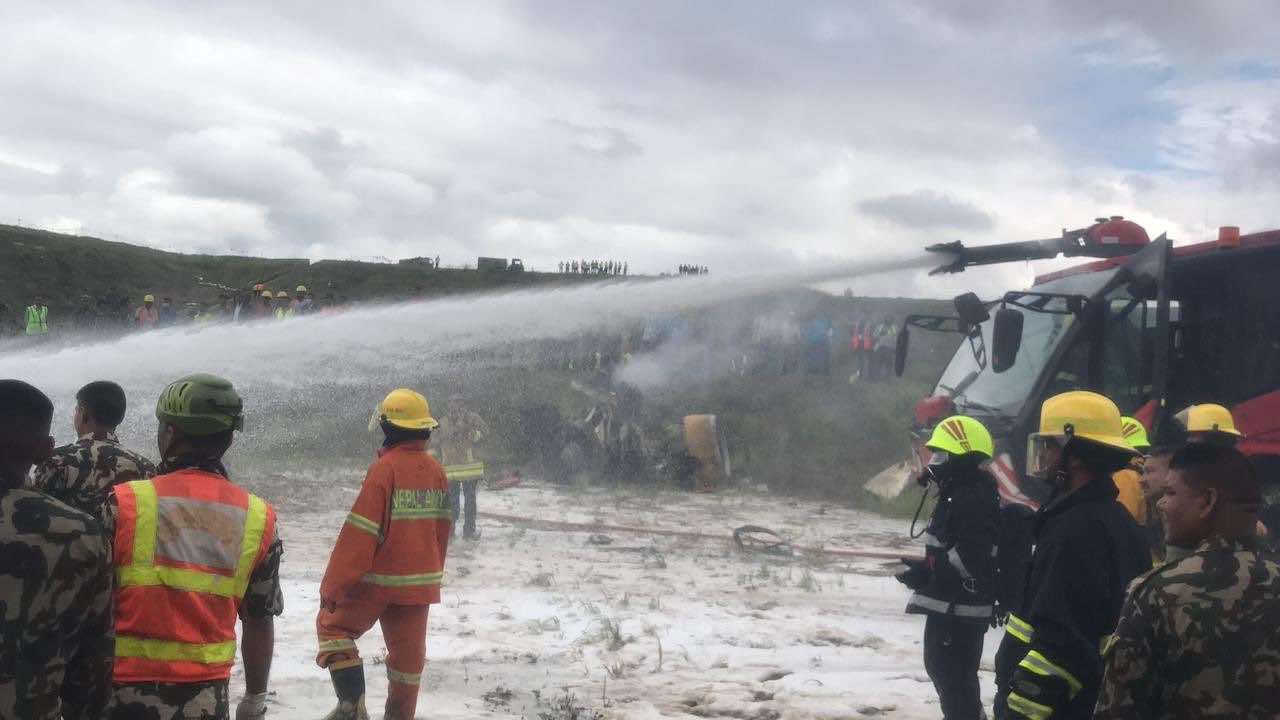
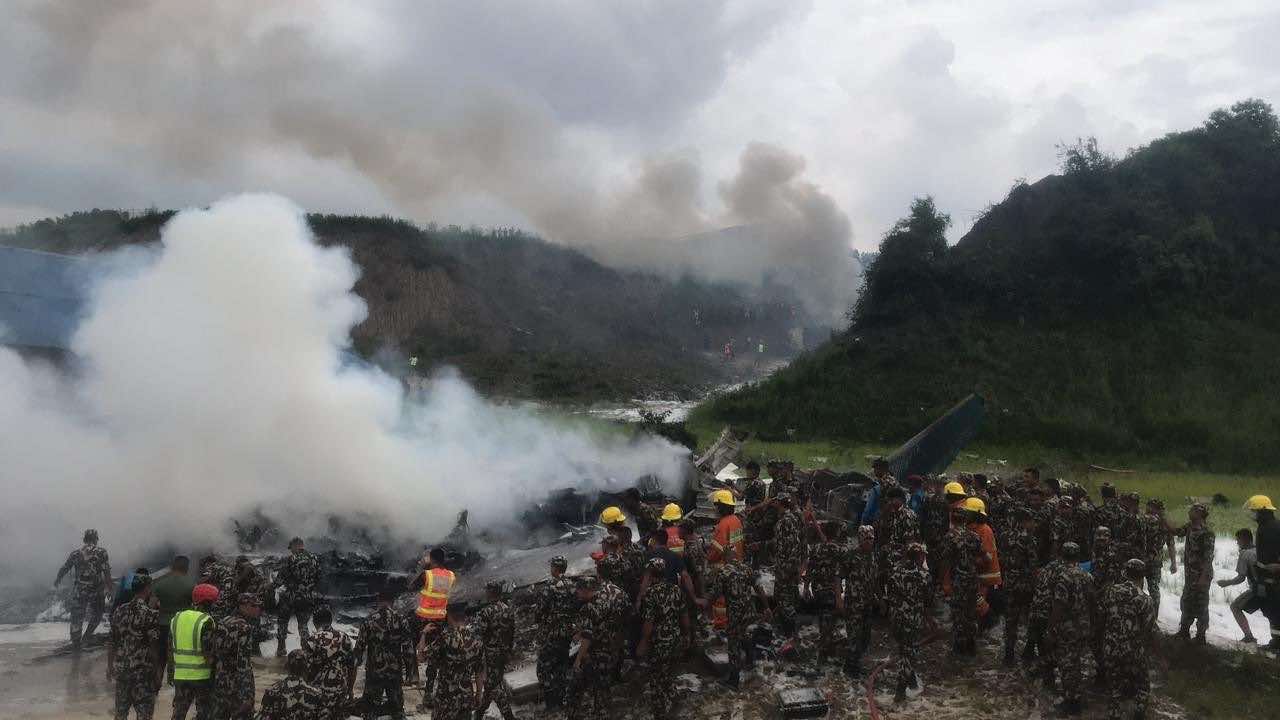
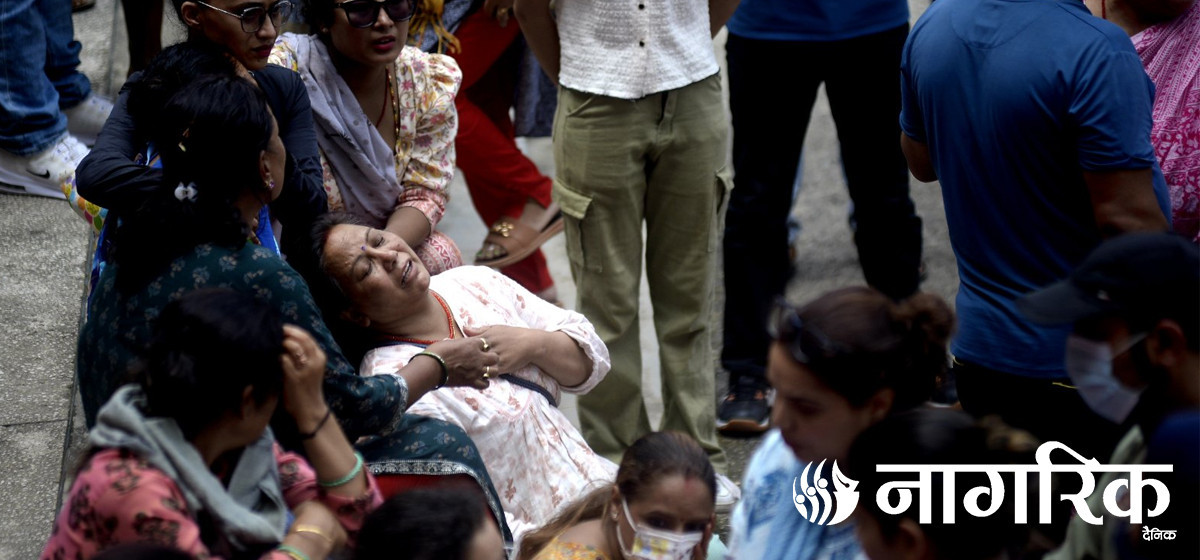



Leave A Comment